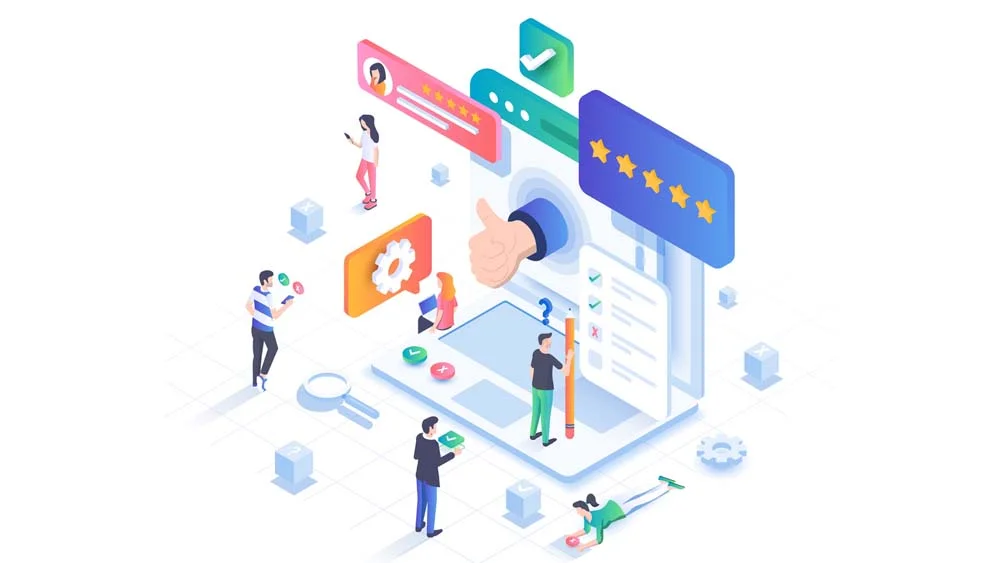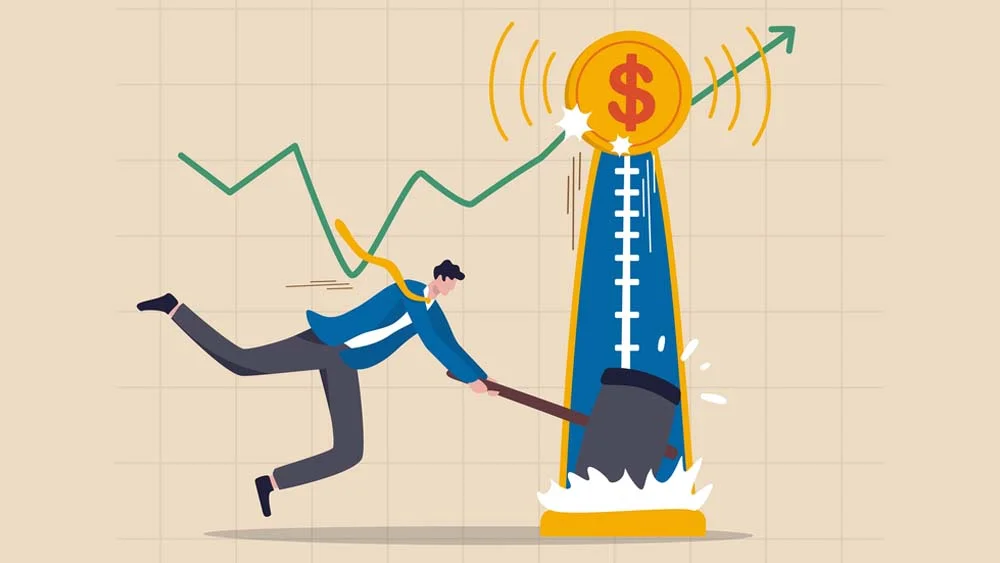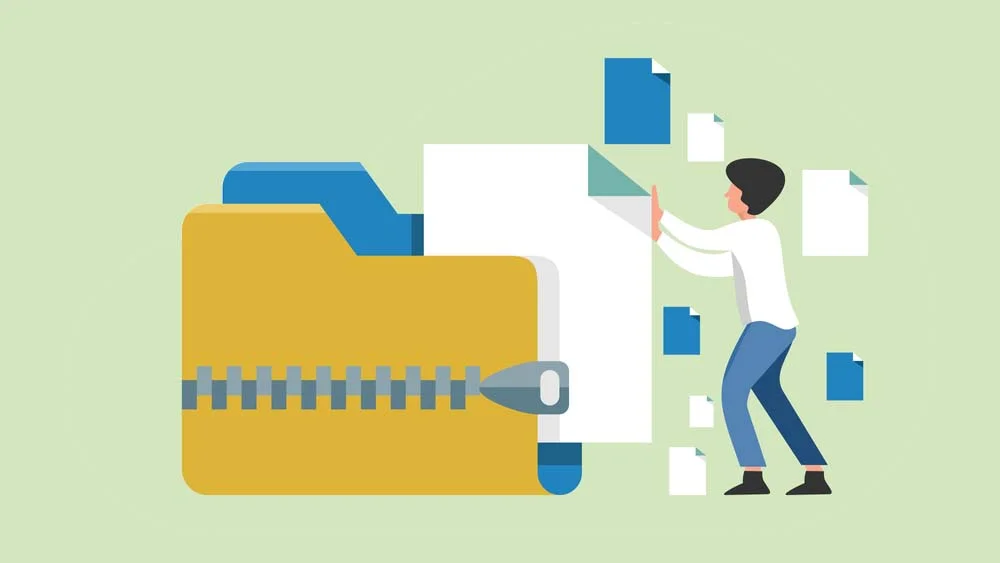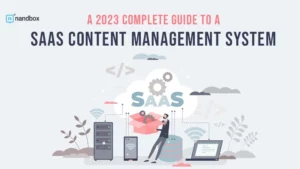Speed Up App Downloads: A Step-by-Step Guide
What do you think is the most significant characteristic of an app? There could be several answers to this question. Some users may say that features are what make an app special, while others say the design is the best characteristic. However, a minority of users may have another opinion, which states that the app size is the best characteristic. Despite being overlooked, app size is of major importance for developers and users. It is one of the major components that could make apps special. Users are now more inclined to download an app that is smaller in size since advanced technology, app sizes tend to be larger. So, if you are a developer, how could you make your apps download faster? Read this article to discover the best ways to optimize your app size and how to effectively make your apps download faster for a better user experience.
What is App Size and Why Does It Matter?
So, since we are talking about making apps download faster, we have to demonstrate the main thing behind it, which is the app size. App size is usually what hinders an app from downloading faster. This, of course, is in addition to the internet connection, as a poor internet connection can hinder the installation of an app for days. But for today, let us focus on app size.
What is the app size? Well, anyone can define app size. It is the amount of storage that an app is going to take when downloaded. It is always found in megabytes and sometimes it can be in gigabytes for more large applications. You will always find the app size displayed in the app information in the Apple App Store and “About App” in the Google Play Store. Mentioning the size is very important and a must for developers. As users should know all the necessary information about the app before downloading it.
App Size Components
The app size is nothing to overlook and holds way more than you could imagine. The app size is divided into four important sections that make up the final size.
The first part is the download size. The download size is the one displayed on app stores. The download size is compressed to require less internet.
The second part of the app size is the install size. The install size is the total amount of data needed for the app to be on your phone. It is also the real size of the compressed download.
The third part of the app size is the storage size. It is the size of the application after usage. This includes the installation size in addition to the media and caches.
Lastly, there is the update size. The update size only exists with the existence of any new updates or versions sent by developers. The size of the update varies based on the number of modifications made by the development team.
Why Does It Matter?
The app size is one of the most important elements of app development that app developers need to carefully consider. This is because it reflects all the content inside an application, from features to components, visuals, and more. So, for instance, large applications are more difficult to deal with if not optimized correctly. They can be a huge source of frustration and dissatisfaction, as they would need a lot of storage and RAM to function.
Most of the large apps we encounter are games that rely on heavy graphics and visuals. And this is why many games flop, as the app size hinders the performance. Other developers can offer the same experience. However, in a much better and optimized way that leads the app into the top charts. Demonstrating how app size matters would require exploring the perspectives of both users and developers. And that’s what we are on the way to do!
Importance of Optimizing App Size for Developers and Users
Since we have had a glimpse of how app size makes apps download faster, let us discuss how optimizing it would impact both developers and users.
Importance for Developers:
Enhanced User Experience

The time it takes to download and install a program is proportional to its size. Making sure the program isn’t too big means customers won’t have to wait around for it to install or download, which means fewer chances of them giving up. Positive user ratings and increased app retention rates are a result of this seamless experience, which is good for the developer’s image and long-term business.
Reduced Development Costs
Hosting and maintenance expenses go down for developers when program sizes are smaller since fewer server resources are needed. Further, reducing app size typically entails improving code quality, streamlining development operations, and reducing debugging time by eliminating unnecessary parts. Better development processes and lower development cycle costs are possible outcomes of this improvement.
Increased Market Reach

Reduced app size is essential for developers aiming for areas with intermittent internet or users with limited data plans. Size optimization allows developers to reach more people, which is especially useful in developing countries or places with slower internet speeds. This increases their potential audience and helps them break into new markets.
App Store Optimization (ASO)
When deciding which apps to highlight and rank, app stores take their size into account. Apps that are smaller in size tend to be given more priority in the app store and search results because they take up less space on users’ devices. Better discoverability and more organic downloads for the app are two potential outcomes of this visibility improvement. That is why app size is a very important factor for a successful ASO.
Competitive Edge
An optimized app size might give you the upper hand in the app market. As there are a million and one choices for every category. When compared to their larger equivalents, apps that take up a small room on a user’s smartphone are more likely to be downloaded and kept. When trying to attract users who are searching for space-conscious and efficient apps, this advantage becomes crucial in setting yours apart from the competition.
Users:
Offline Functionality
Incorporating offline functionality is typically easier and more efficient in smaller applications because they use fewer resources. In places with poor or inconsistent connections, users can enjoy certain functions or access specific content within the app even when the internet isn’t functioning. This makes the app more interesting and useful.
Economic Savings
Users in areas where data plans are limited or data rates are high can save a lot by downloading smaller apps. Users can more easily stay within their data restrictions and prevent extra costs or the need to switch to more expensive data plans purely due to app consumption by limiting their usage of data for downloads, updates, and everyday usage.
Performance and Speed
In most cases, smaller applications provide better performance, less battery use, and faster load times. A better user experience is achieved as a whole as a result of quicker app launches, easier navigation, and less drain on the device’s resources. Because smaller applications operate more effectively on older or less powerful hardware, this becomes extremely important for these devices.
Storage Conservation
There are many applications, media, and personal information to store. Users are always looking for ways to make the most of their device’s storage space. In response to this demand, app developers are working to reduce their file sizes so that customers can install more apps without negatively impacting their device’s storage space. Devices with low internal storage or users who wish to preserve plenty of free space for additional items will find this particularly critical.
Does iOS App Size Differ From Android App Size?
If you take some time and compare app sizes on the Apple App Store to the same ones on the Google Play Store, you’ll find a huge difference. Usually, the app size varies significantly from iOS to Android; an app can be 100MB on the Google App Store but over 200MB on the Apple App Store. So, why is that? The answer lies within the nature and process of iOS app development. The iOS app development process is complex and involves many steps to be effective and efficient.
So, for instance, an iOS developer has to apply multiple versions and sizes of the media and icons he is going to feature on the app. The programming languages and tools also used for iOS app development require much effort and take up a huge chunk of the app size. These and many more contribute to the usual large app size of iOS apps. This paved the way for Android developers to find effective ways to make apps download faster to enhance all Android users’ experiences.
Best Strategies You Need to Optimize to Make Apps Download Faster
Since we now know that app size is one of the factors contributing to the speed of app downloads, how can one optimize it to make apps download faster? And is there any effective way to do so? Luckily, there are many strategies developers can utilize to optimize their apps and make them download faster. So, let us explore a few
File Compressions

Early in this article, we talked about how important app size is, as it reflects all the components of an app. Now, if you think about it, what are the most common components you would find in all apps? That would be media and visuals. Compressing files is one of the main strategies followed by all developers to reduce the app size effectively. It involved compressing all files like videos, photos, videos, and so on to reduce their size without impairing the quality. This would help developers make apps download faster while maintaining consistent and superb quality.
Code Splitting
The next strategy you would need to know about is code spilling. Code splitting is a very well-known strategy, especially for complex apps. It is the process of dividing the app’s code into smaller and less complex chunks that are easier to deal with. This improves the user experience by speeding up app downloads and reducing app loading times.
Caching Strategies
Caching is a very familiar term that all mobile app users should know. A cache is a storage location where temporary data accumulates. This means that each time a user loads a section on the app, the data in this section will be saved. The moment the caches get bigger and larger, the size of an app will get bigger and impact its performance negatively. Developers who aim to make their apps download faster need to make sure to implement a good caching strategy. These strategies help store the data once, where it will easily be retrieved each time the app loads. In turn, the size of apps would be reduced significantly, giving developers the chance to make their apps download faster and provide the best experience.





